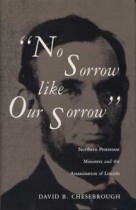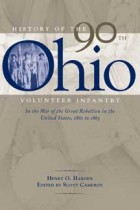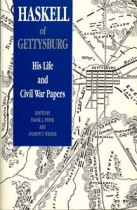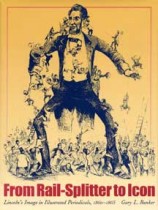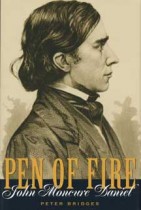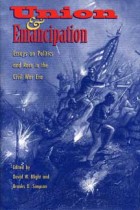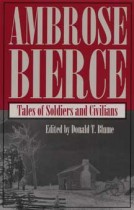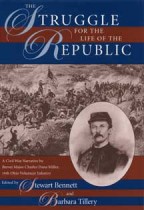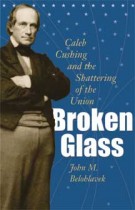A Hero to His Fighting Men
Nelson A DeMontravel | Filed under: Biography, Civil War Era, History, Military History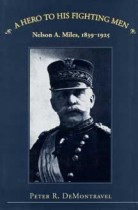
Nelson A. Miles began his military service as a volunteer officer in the Civil War. He later earned the appellation “the idol of the Indian fighters” and capped his controversial career by serving as Commanding General of the Army from 1895 to 1903. During his long and distinguished career, Miles made numerous enemies, including Theodore Roosevelt. Peter DeMontravel contends that the comments made by these enemies influenced the way historians have viewed Miles’s career. This reassessment of that career restores him to a degree of prominence.

